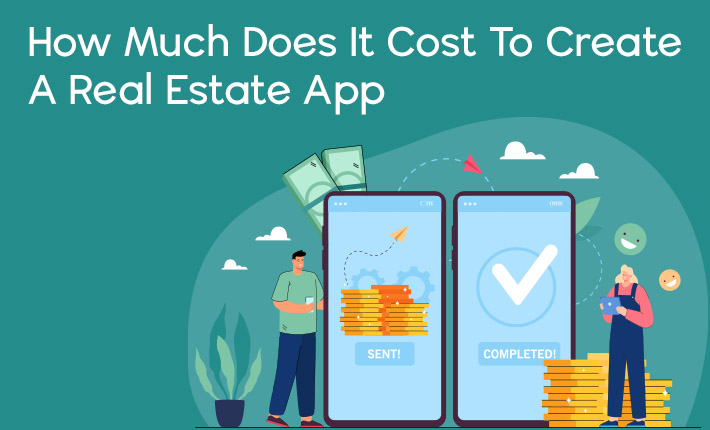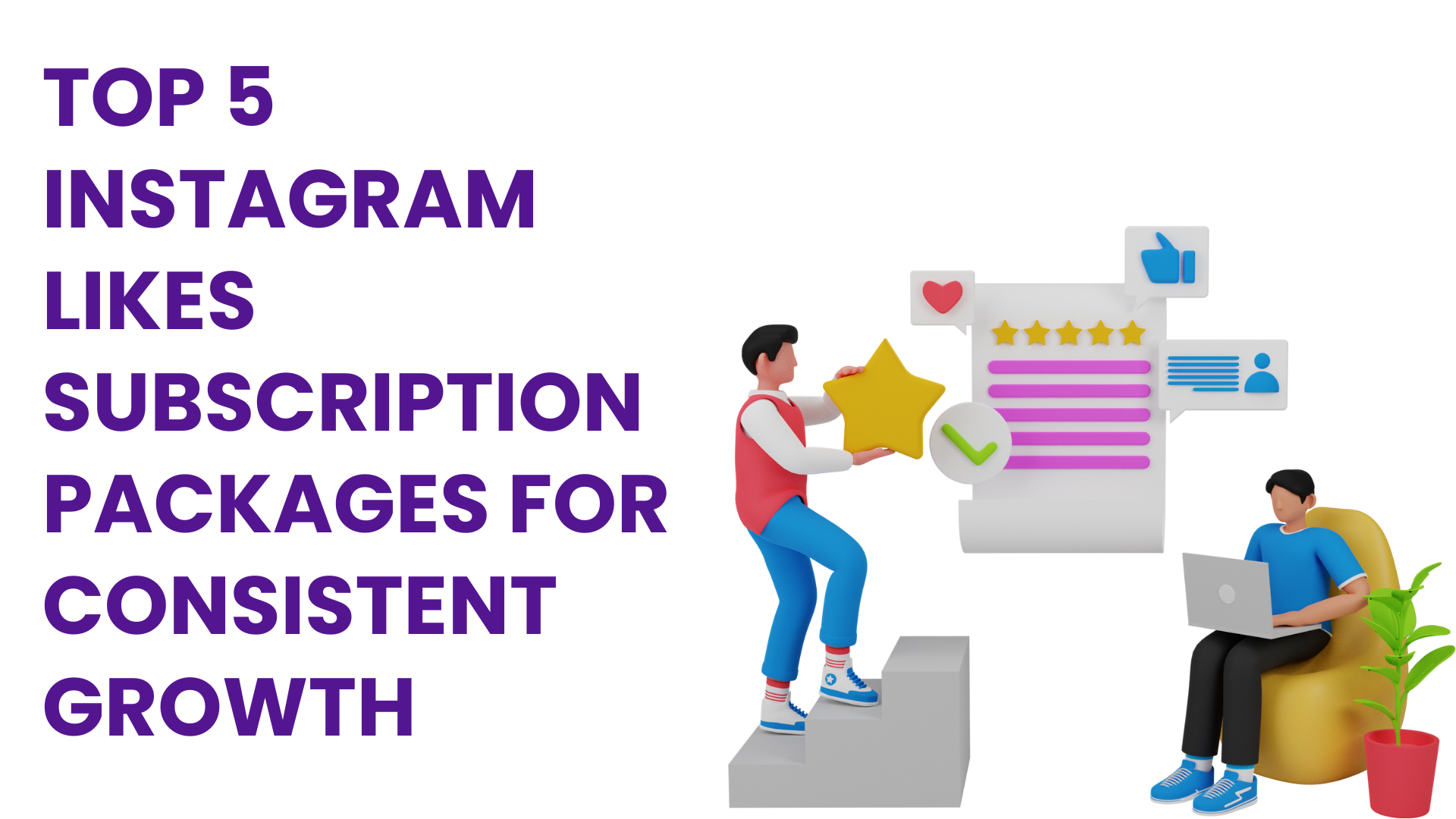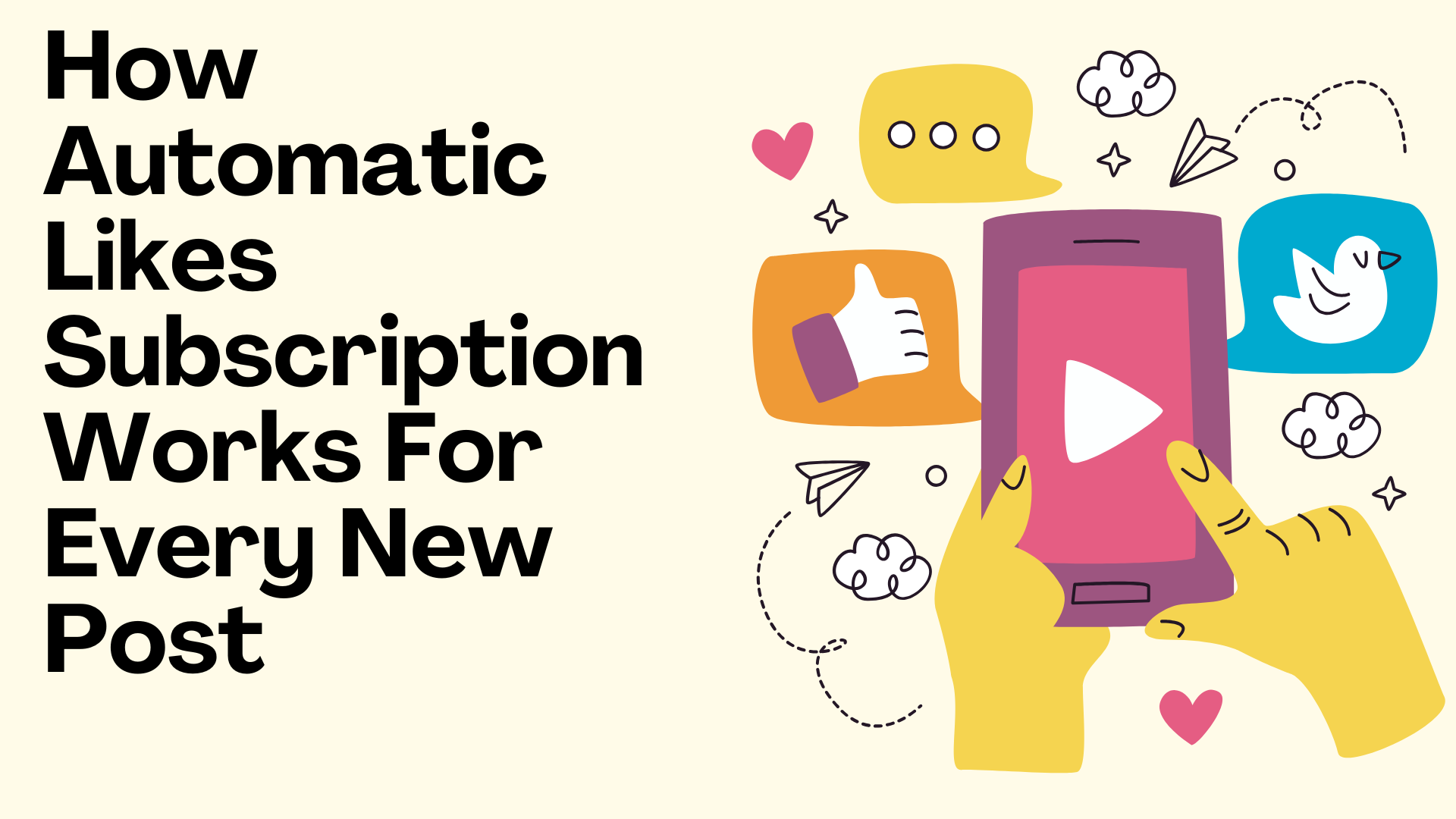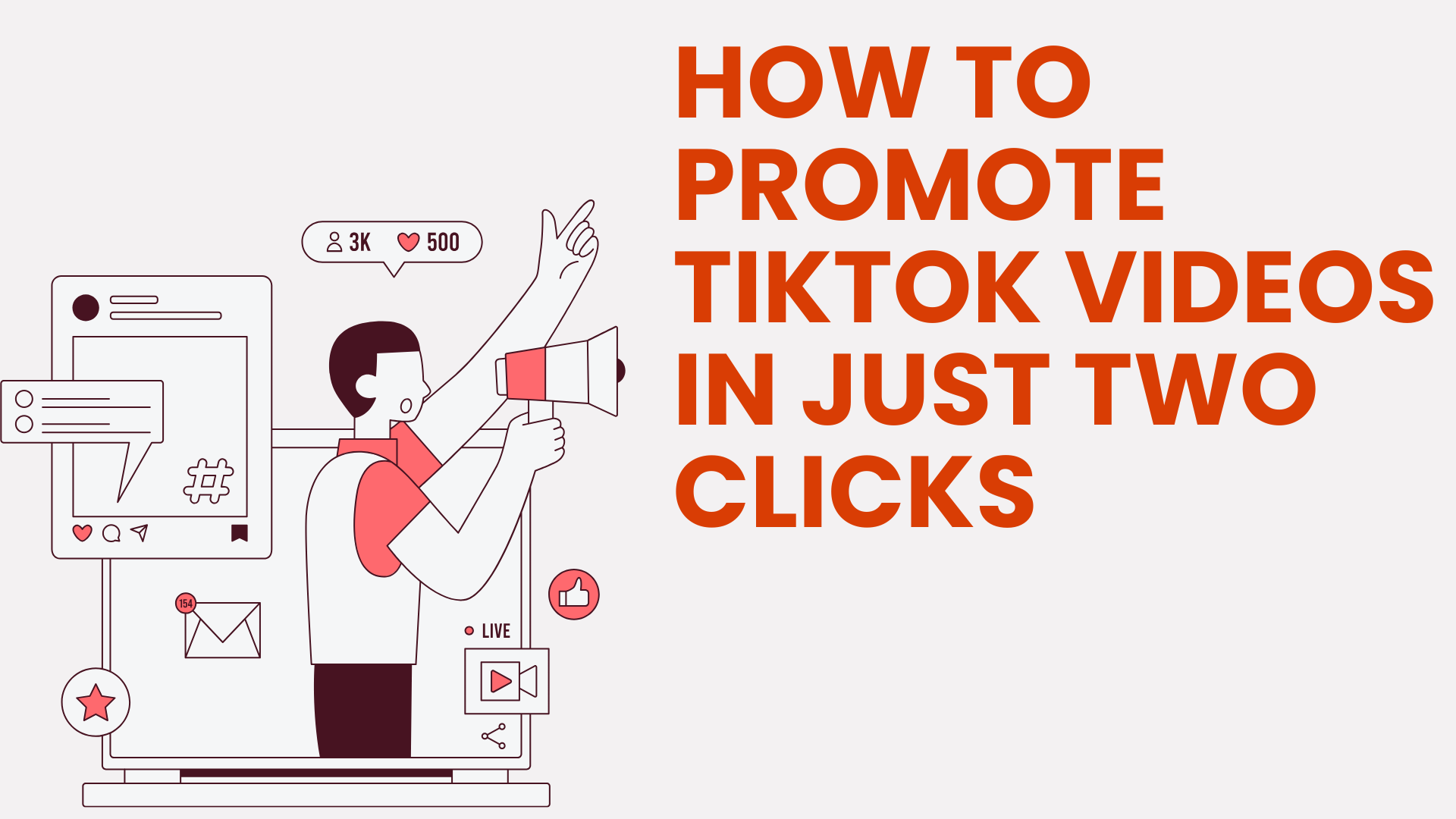Real estate apps have become essential tools for realtors and property buyers in today's digital age. With a vast repository of properties and features that enable property search from just about anywhere, these applications make finding your dream home or investment easy. However, creating such an app is not a walk in the park, as it comes with significant costs. This article discusses the costs of investing in a real estate app development company. The development process involves plenty of research, planning, coding, designing, and testing to ensure that the product meets user expectations adequately.
Research and Planning Costs
Research and planning costs are crucial when creating a real estate app. These expenses involve such as:
* Conducting market research
* Identifying user needs and preferences
* Analyzing competitors' products
* Mapping out the app's features and functionalities
This stage aims to understand user behaviour, pain points, expectations, and trends that will help developers design an application with high usability. Like research costs, planning expenses can vary based on the project's complexity. This phase includes defining the project scope, setting up timelines for development stages, and outlining technical requirements such as the programming language or framework used in development.
Design and User Interface Expenses
Getting a good-looking, simple-to-use app is important for real estate. To make this happen, you need to hire professionals to design your app's special parts - like icons, colours, and text - so your app looks different and stands out.
Moreover, Creating a real estate app requires a budget that accounts for design and user interface expenses. It typically costs about 20-30% of the total project. How much it costs depends on how complex the app is and how much work has to be done to customize each part.
Development and Coding Fees
Development and coding fees are a significant part of the overall cost when creating a real estate app. The average cost of developing an app can range from $10,000 to $500,000, depending on the complexity of features, design elements, and functionality required.
The coding fee primarily depends on the developer's hourly rate for labour-intensive tasks such as programming languages (Java or Swift), Application Programming Interfaces (APIs), back-end frameworks, cloud hosting solutions, etc.
Integration and Third-Party Costs
Integration includes incorporating features like location tracking, push notifications, and payment gateways into your application. However, these integrations come at an additional cost that must be factored into your overall development budget.
Third-party costs refer to the expenses incurred when using external services like cloud storage, analytics tools or APIs from other platforms like Google Maps. Integrating third-party services can save you time and money in development but may cause unforeseen additional fees if not adequately researched beforehand.
Testing and Quality Assurance Expenses
Testing ensures the application meets user expectations regarding functionality, performance, and usability. Quality assurance encompasses testing and other processes to ensure the final product is high quality.
The cost of testing and quality assurance depends on various factors, such as:
* The complexity of the app
* Time frame allocated for development
* Team size involved in testing, among others
The more comprehensive an app's functionality is, the longer it will take to test thoroughly, thus, increasing costs. Additionally, Hiring great software testers could be costly since they play a crucial role in identifying potential bugs before launching your application into the market.
Launch and Marketing Expenses
Launching an app requires significant planning, preparation, and investment to reach its intended audience and gain traction among potential users. This can involve various strategies such as paid advertising campaigns, social media marketing, public relations efforts, and search engine optimization (SEO).
Marketing expenses are critical because they help build brand awareness, increase visibility in search results pages (SERPs), and generate leads or sales for your business.
Factors that impact the cost of launch and marketing include such as:
* How aggressive do you want to be with promotion efforts
* Your target market size
* The geographic location of your target audience(s)
* Ad inventory availability on platforms like Google Display Network or Facebook Ads Manager
Maintenance and Updates Costs
Once the app is launched, maintaining it to ensure optimal performance is crucial, as users expect seamless experiences with no downtime or glitches. The maintenance cost involves bug fixing, security patches, server upgrades, and other essential tasks that keep the application running smoothly.
Furthermore, Investing in custom mobile app development enables you to add value-adding features like virtual tours or third-party services such as property valuation tools. However, these updates often require significant developmental work; thus, updating an app can be costly for developers who must balance delivering value against sustaining profit margins for their business.
Final Thoughts
Creating a real estate app requires investment and expertise beyond research, planning, coding, designing, and testing. Factors like integration, third-party services, quality assurance, launch and marketing expenses, and maintenance and updates affect the costs of building a successful real estate app.
While the investment can be significant, it's worth considering investing in quality app development to ensure users can access easy-to-use technology when navigating their property requirements. If you want to hire dedicated developers to manage your project efficiently while staying within your budget, contact us today!

















Post Comments